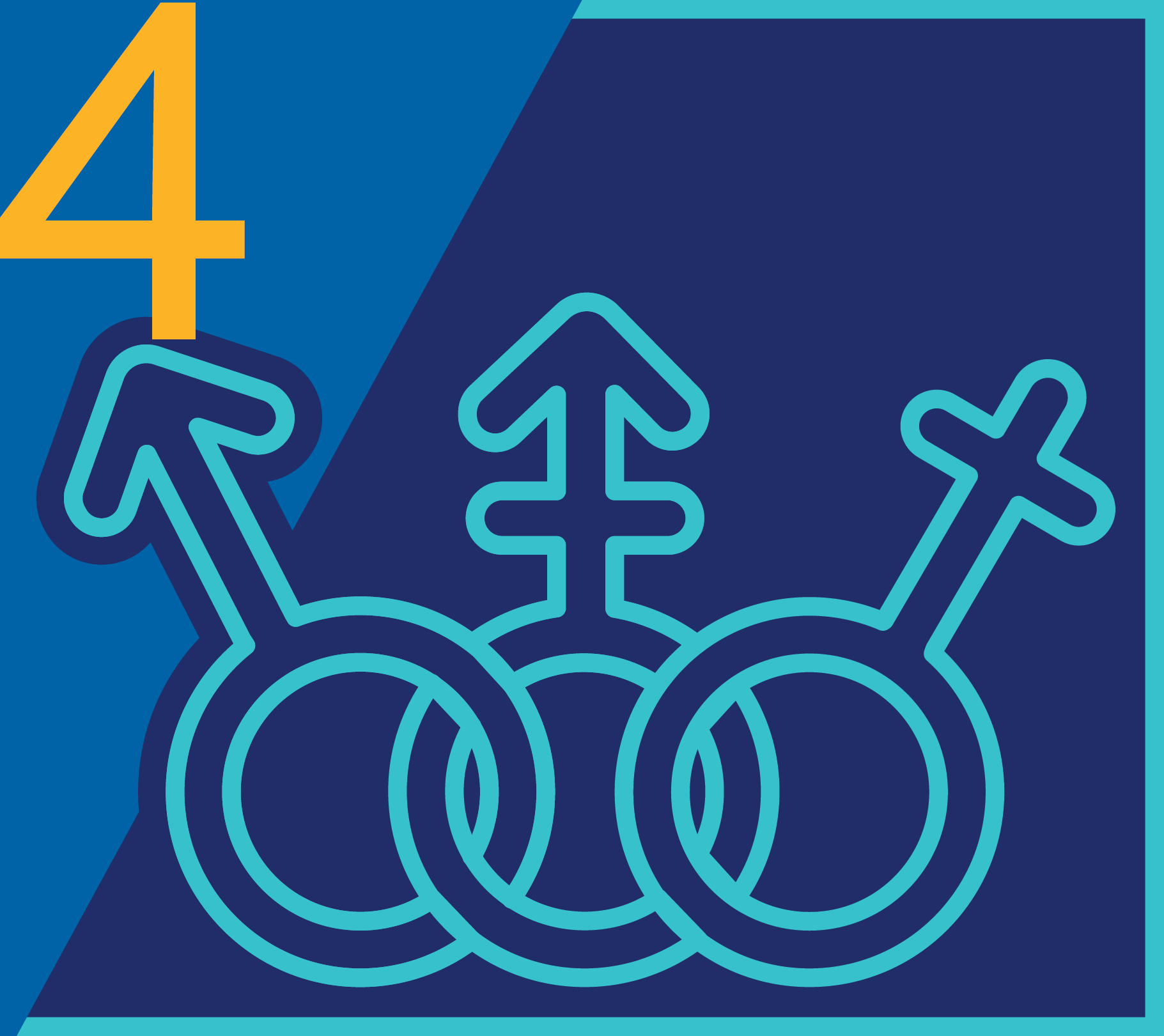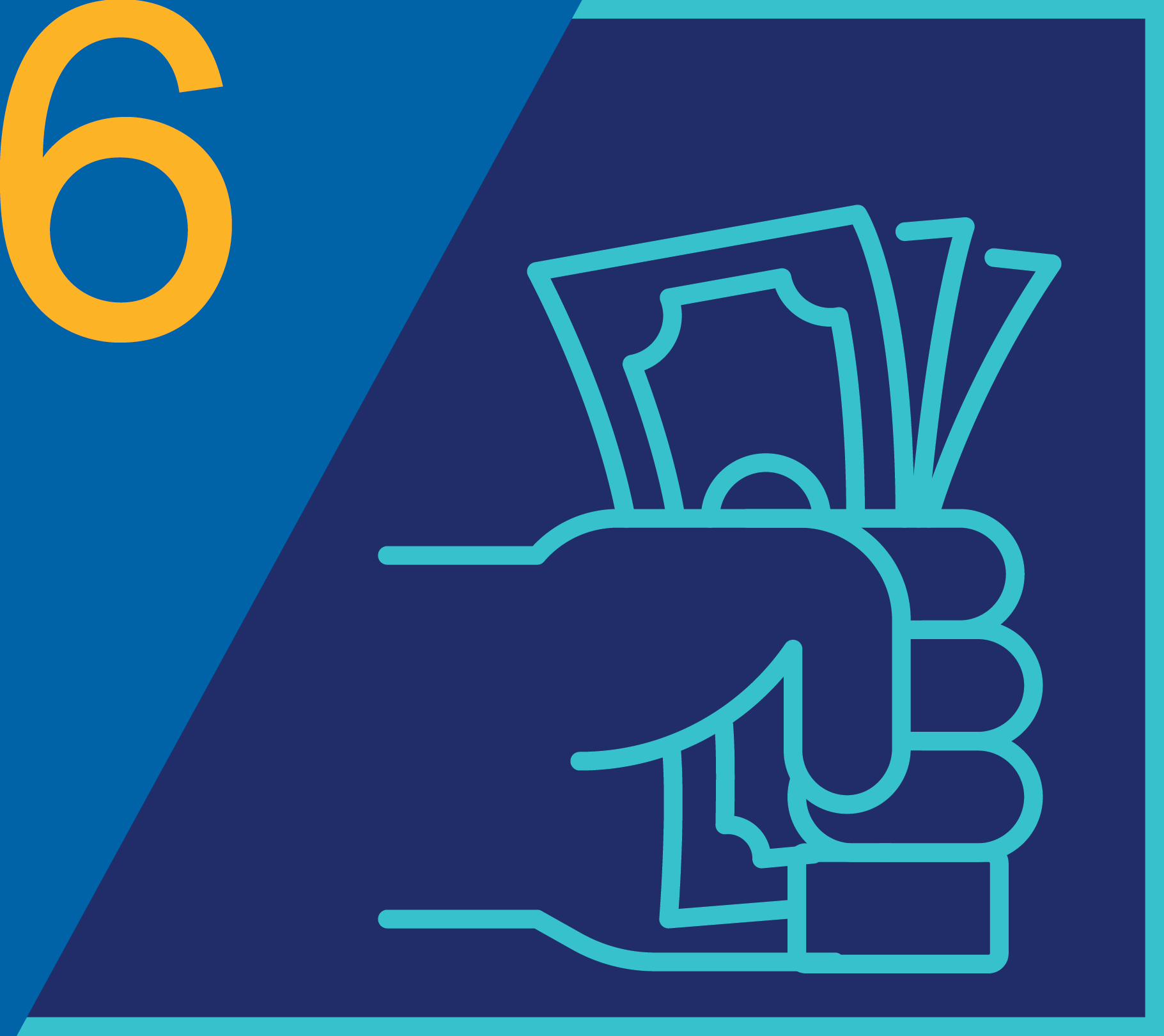

Articles | July 20, 2022
Various trends are creating new and complex challenges for college and university HR professionals.
Based on our work advising HR at hundreds of institutions across the country, we’ve identified the top 10 trends that have implications for higher ed HR. We’ve ranked them according to how often they come up during in-depth conversations and consulting projects. Most are national. Some are specific to academia.
How many resonate with you?

Share this page
Expectations are high among employees and jobseekers alike for institutions to meet their demands for workplace flexibility and alternative forms of compensation, benefits and work arrangements. Particularly during the Great Resignation, institutions can’t afford to fall short given how the employer-employee social contract has changed. Colleges and universities will need to consider how to provide some work flexibility for faculty who must be on campus at least part of the time to work with students in person. Colleges and universities will need to consider how to provide some work flexibility for faculty who must be on campus at least part of the time to work with students in person.
The COVID-19 pandemic has heightened concerns about health and safety. COVID-related efforts are still top of mind. Heightened concerns also encompass mental health and behavioral issues — including stress related to on-site work — that may have implications for faculty, staff and student well-being and performance, as well as for campus security, including sexual assaults, and cybersecurity. Social determinants of health are another concern for HR to address.

This is a significant issue for all employers, particularly considering increased competition for talent. The Great Resignation is prompting colleges and universities to try and return to being a desirable place to work. This challenge is compounded by an aging faculty and administrative staff. Attracting and retaining key faculty and staff will become increasingly difficult. It will require innovative recruitment and retention programs, including hybrid work opportunities and effective development and training.
To meet these expectations, institutions need to be strategic, rather than reactionary, in their approaches. (We recently discussed why sustainability matters for HR.) It’s also important to consider and communicate with all stakeholders: faculty, administrators, other staff, students, parents and the institution’s board.

This trend will result in the loss of institutional knowledge. It also underscores the need for succession planning and recruiting support.
Many institutions face continuous cost pressures as enrollment declines. Some state and endowment appropriations have been cut. The pandemic has exacerbated the financial strain. To make the most of squeezed budgets, higher ed HR professionals will need to become proficient in a range of new areas of expertise: organization design, operational efficiency, academic prioritization and new revenue-generation programs.

This trend means HR needs to be nimble, agile and highly responsive to meet increased demands for more technology, apps for smartphones and tablets and faster services. That includes offering digital therapeutics.
These systems will increase demand for — and the need for — more professional development. This is particularly challenging because higher ed leaders generally lack expertise in change management initiatives.

Although this trend is important, it will shift resources from administrative structures, resulting in the need to deliver administrative services at a lower cost. HR should prepare to capture the metrics to back up the savings.
We can help you identify the initiatives that will have the greatest positive impact on your institution.
Let's Talk
Organizational Effectiveness, Compensation & Careers, Communications, Corporate

Organizational Effectiveness, Compensation & Careers, Higher Education, Communications, Corporate, Retirement, Health, Investment, Insurance

Organizational Effectiveness, Corporate, Higher Education
This page is for informational purposes only and does not constitute legal, tax or investment advice. You are encouraged to discuss the issues raised here with your legal, tax and other advisors before determining how the issues apply to your specific situations.
© 2024 by The Segal Group, Inc.Terms & Conditions Privacy Policy California Residents Sitemap Disclosure of Compensation Required Notices
We use cookies to collect information about how you use segalco.com.
We use this information to make the website work as well as possible and improve our offering to you.